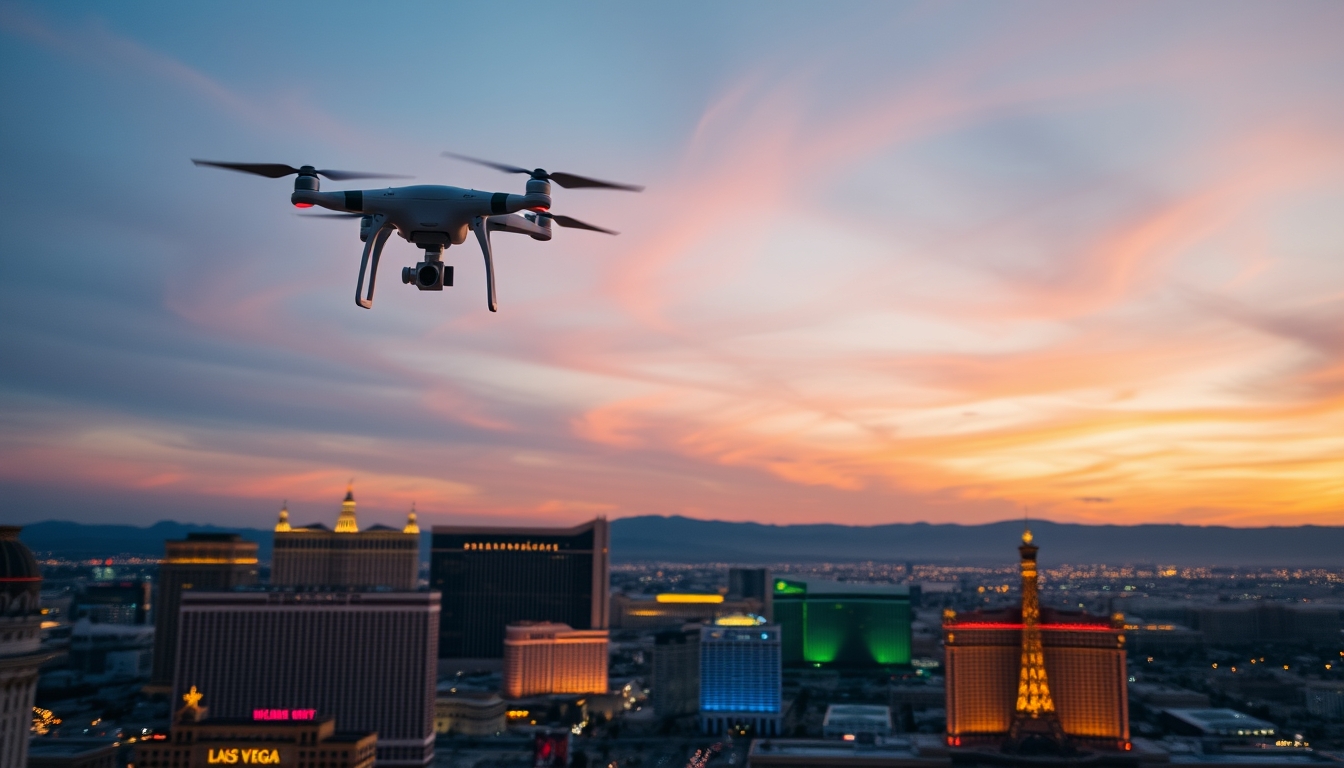
Overview
What is professional aerial photography?
Professional aerial photography is a specialized form of photography that involves capturing images from an elevated perspective using drones or aircraft. It allows photographers to grab unique and breathtaking shots that would be impossible to achieve from the ground. Aerial photography is used in real estate, tourism, and environmental monitoring industries. It provides a different viewpoint and can showcase the scale, patterns, and beauty of landscapes and structures. Technological advancements have made professional aerial photography more accessible and affordable, enabling photographers to explore new creative possibilities and deliver stunning visuals.
Importance of professional aerial photography
Professional aerial photography is crucial in capturing stunning and unique perspectives that are impossible to achieve. Photographers can capture images from high altitudes using drones or aircraft, offering a bird’s-eye view of landscapes, buildings, and events. This perspective adds a wow factor to photographs and provides valuable industry insights. From real estate and construction to tourism and environmental monitoring, professional aerial photography helps businesses and organizations showcase their offerings, monitor progress, and make informed decisions. With its ability to capture detailed and expansive views, professional aerial photography has become an indispensable tool for visual storytelling and marketing strategies.
Applications of professional aerial photography
Professional aerial photography has a wide range of applications in various industries. One of the critical applications is in real estate, where aerial photographs capture stunning views of properties and showcase them to potential buyers. Additionally, aerial photography is extensively used in the construction industry to monitor project progress and identify possible issues. In agriculture, aerial photography helps farmers analyze crop health, identify areas of concern, and optimize irrigation and fertilization. Another important application is in environmental monitoring, where aerial photographs can provide valuable insights into the health of ecosystems and help in conservation efforts. Professional aerial photography offers a unique perspective and has proven invaluable in many industries.
Choosing the Right Equipment
Types of cameras for aerial photography
When capturing stunning aerial photographs, choosing the right camera is crucial. Several types of cameras are commonly used for aerial photography. One popular option is the DSLR camera, which offers high-quality images and the ability to change lenses. Another option is the mirrorless camera, which is more compact and lightweight, making it ideal for drone photography. Additionally, specialized cameras are designed specifically for aerial photography, such as medium format cameras that offer superior image quality and detail. Regardless of the type of camera chosen, it is essential to consider factors such as resolution, image stabilization, and weather resistance to ensure optimal results.
Drones vs. helicopters: Which is better?
The debate between drones and helicopters is a hot topic when capturing stunning aerial photographs. Both options have advantages and disadvantages, making it difficult to determine which is better. Drones offer the convenience of being small, portable, and easy to maneuver, allowing photographers to capture unique angles and perspectives. On the other hand, helicopters provide a stable platform for capturing high-quality images with professional-grade cameras. Ultimately, the choice between drones and helicopters depends on the specific requirements of the photography project and the photographer’s preferences. Whether it’s the flexibility of drones or the reliability of helicopters, both options have their place in professional aerial photography.
Essential accessories for professional aerial photography
Regarding professional aerial photography, having the right accessories is crucial for capturing stunning shots from above. One essential accessory is a high-quality camera drone, which allows photographers to capture images and videos from unique perspectives. A reliable gimbal stabilizer is also necessary to ensure smooth and steady footage. Other essential accessories include extra batteries for extended flight time, a memory card with ample storage capacity, and a remote controller for precise drone control. With these crucial accessories, photographers can elevate their perspective and take their aerial photography to new heights.
Planning and Preparation
Researching the location
Before embarking on a professional aerial photography project, it is essential to research the location thoroughly. This includes studying maps, satellite imagery, and other resources to understand the area comprehensively. By doing so, photographers can identify key landmarks, exciting features, and potential challenges that may arise during the shoot. Additionally, researching the location allows photographers to plan the best angles and perspectives to capture stunning aerial photographs. Researching the area is crucial for a successful and visually captivating aerial photography experience.
Checking weather conditions
Before embarking on a professional aerial photography shoot, it is crucial to check the weather conditions thoroughly. Weather plays a significant role in determining the shoot’s success, as it can affect the lighting, visibility, and overall safety. Photographers can plan their shoots by monitoring the weather forecast, ensuring optimal conditions for capturing stunning aerial images. Factors such as wind speed, cloud cover, and precipitation should be considered to avoid potential risks or limitations. Additionally, having access to real-time weather updates during the shoot can help photographers make informed decisions and adjust their strategies if necessary. Therefore, paying close attention to weather conditions is essential in achieving high-quality and breathtaking aerial photographs.
Obtaining necessary permits and permissions
Obtaining the necessary permits and permissions is crucial before embarking on any professional aerial photography project. This is to ensure compliance with local regulations and to avoid any legal issues. Depending on the location and type of photography, permits may be required from the government, property owners, or aviation authorities. Researching and understanding the specific requirements and processes involved in obtaining these permits is essential. By doing so, photographers can ensure a smooth and hassle-free experience while capturing stunning aerial images.
Capturing Stunning Aerial Shots
Composition techniques for aerial photography
Aerial photography offers a unique perspective that can capture breathtaking images. To make the most of this perspective, it is crucial to understand and apply composition techniques tailored explicitly for aerial photography. One such technique is the rule of thirds, which involves dividing the frame into nine equal parts using two horizontal and two vertical lines. You can create a visually appealing composition by placing the main subject or points of interest along these lines or at their intersections. Another technique is leading lines, where natural or artificial lines in the landscape can guide the viewer’s eye toward the main subject. Incorporating patterns, textures, and contrasting colors can add depth and visual interest to your aerial photographs. Experimenting with different compositions and perspectives will help elevate your aerial photography skills and capture stunning images.
Using different angles and perspectives
When it comes to professional aerial photography, one of the critical elements that can elevate your perspective is using different angles and perspectives. You can create unique and visually captivating shots by capturing images from various heights, distances, and angles. Whether it’s shooting from above to showcase the grandeur of a landscape or capturing a bird ‘ s-eye view of a cityscape, experimenting with different perspectives allows you to tell a story visually, stunningly, and thoughtfully. It adds depth and dimension to your photographs, making them stand out from the crowd and leaving a lasting impression on viewers. So, the next time you’re behind the lens, don’t be afraid to explore different angles and perspectives to take your aerial photography to new heights.
Utilizing natural lighting for dramatic effects
Natural lighting plays a crucial role in capturing stunning aerial photographs. By leveraging the sun’s power, photographers can create dramatic effects that enhance the overall composition of their images. The golden hour, which occurs during sunrise and sunset, offers soft and warm light that adds depth and dimension to the aerial shots. Additionally, the interplay between light and shadow can create captivating patterns and textures, adding visual interest to the photographs. Using natural lighting effectively, aerial photographers can elevate their perspective and create truly breathtaking images.
Post-Processing and Editing
Choosing the right software for editing
When it comes to professional aerial photography, choosing the right software for editing is crucial. The editing software you choose will significantly impact the outcome of your photos. It should have advanced features and tools specifically designed for aerial photography, such as correcting perspective distortion and enhancing details in high-resolution images. Additionally, the software should be user-friendly and intuitive, allowing you to navigate the editing process easily. Some popular software options for aerial photography editing include Adobe Photoshop, Lightroom, and Capture One. Ultimately, the choice of software will depend on your specific needs and preferences, so it’s important to explore different options and consider their capabilities before deciding.
Enhancing colors and contrast
Enhancing colors and contrast is essential in professional aerial photography to create stunning and captivating images. By adjusting the color saturation and brightness, photographers can bring out the vibrant hues of the landscape and make the details pop. Additionally, enhancing contrast helps to create depth and dimension, making the image more visually appealing. Whether it’s capturing the vibrant colors of a sunset or highlighting the intricate patterns of a cityscape, mastering the art of enhancing colors and contrast is crucial for professional aerial photographers.
Removing unwanted objects or distractions
In professional aerial photography, one of the critical challenges is dealing with unwanted objects or distractions in the frame. These objects can include power lines, buildings, or even people. Removing these distractions is essential to create a clean and visually appealing image. Several techniques and tools are available to achieve this, such as using photo editing software to clone or heal unwanted objects or adjusting the composition to minimize their impact. By removing unwanted objects or distractions, aerial photographers can elevate the quality and impact of their images, allowing viewers to focus on the main subject and appreciate the beauty of the aerial perspective.
Conclusion
The impact of professional aerial photography
Professional aerial photography has revolutionized the way we see the world. With technological advancements, photographers can now capture breathtaking images from unique angles and perspectives. This form of photography has significantly impacted various industries, including real estate, tourism, and environmental conservation. Aerial photographs provide a bird’s-eye view, allowing us to appreciate the scale and beauty of landscapes, architecture, and natural wonders. They also offer valuable insights for urban planning, infrastructure development, and disaster management. Professional aerial photography has genuinely elevated our perspective and opened new possibilities for visual storytelling.
Continuous learning and improvement
Continuous learning and improvement are essential in the field of professional aerial photography. As technology and techniques evolve, photographers must stay updated and adapt to the latest advancements. This can be achieved through attending workshops, participating in online courses, and actively engaging with other professionals in the industry. By continuously learning and improving their skills, photographers can enhance their perspective and capture breathtaking aerial images that truly stand out.
Inspiring others through your work
Aerial photography has the power to inspire others through its unique perspective. By capturing stunning images from above, professional aerial photographers can showcase the world in an often unseen way. Whether capturing breathtaking landscapes, architectural marvels, or vibrant cityscapes, aerial photography evokes emotions and ignites curiosity. Seeing the world from a different angle can inspire others to explore new perspectives and appreciate the beauty surrounding them. Professional aerial photographers have the opportunity to capture incredible images and encourage others to see the world in a new light.
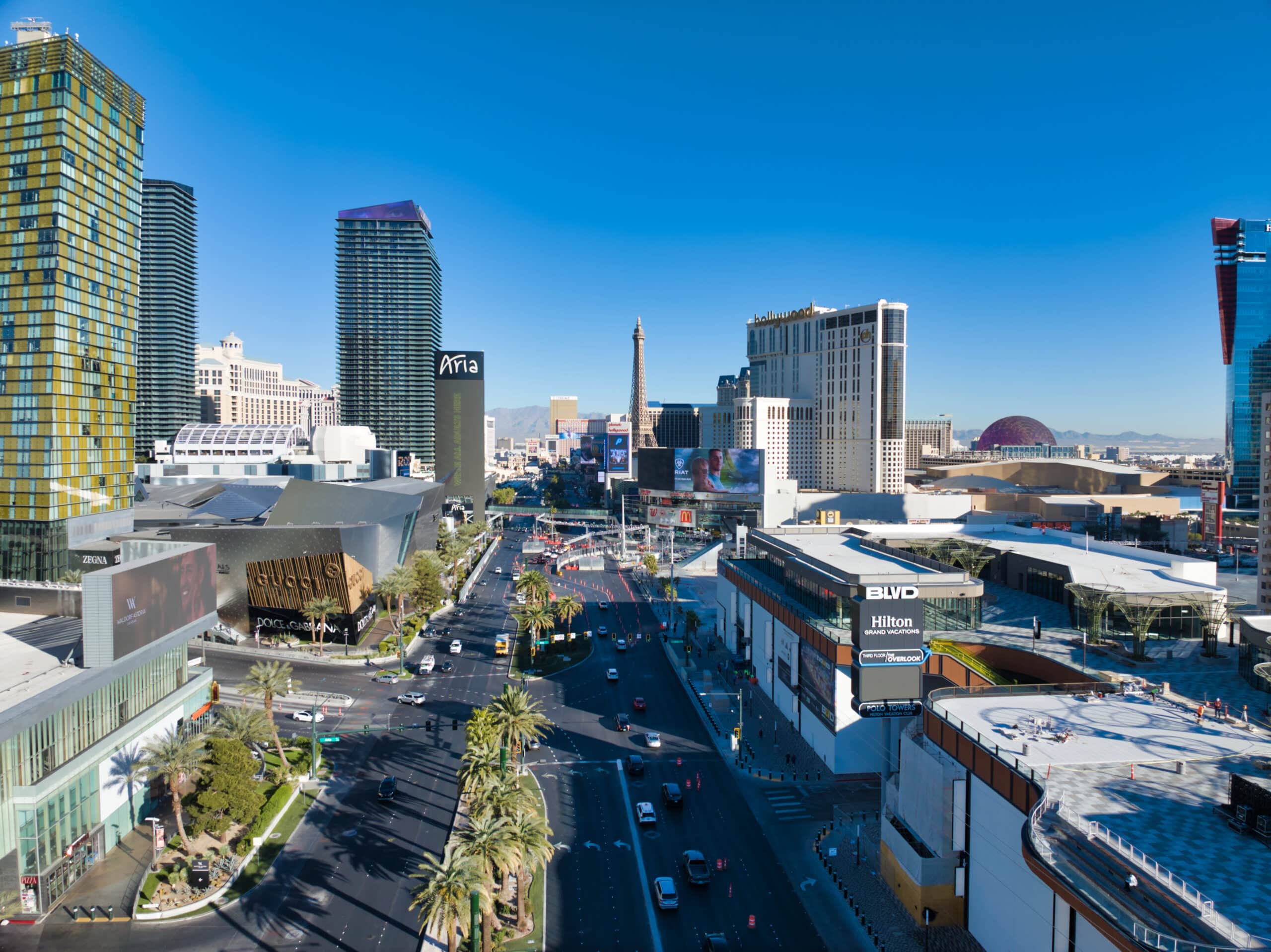
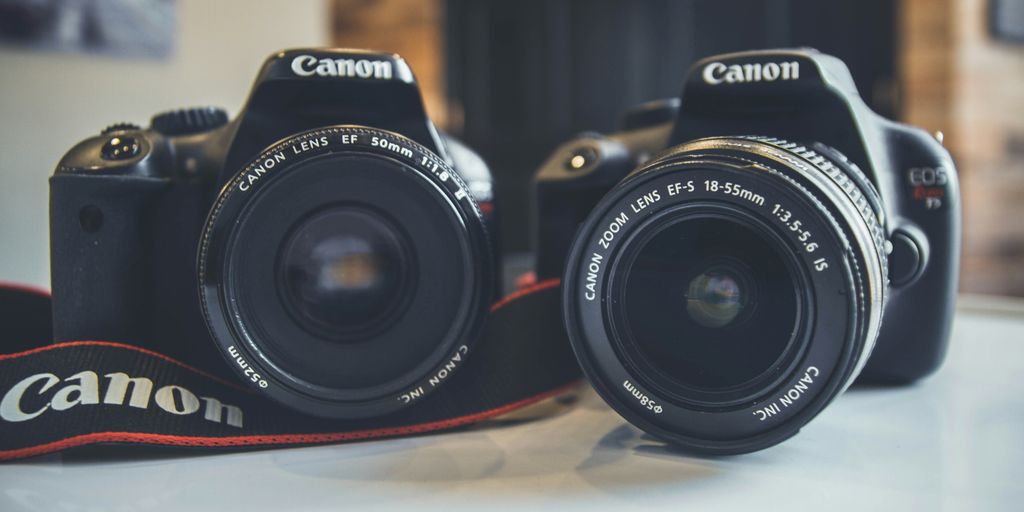
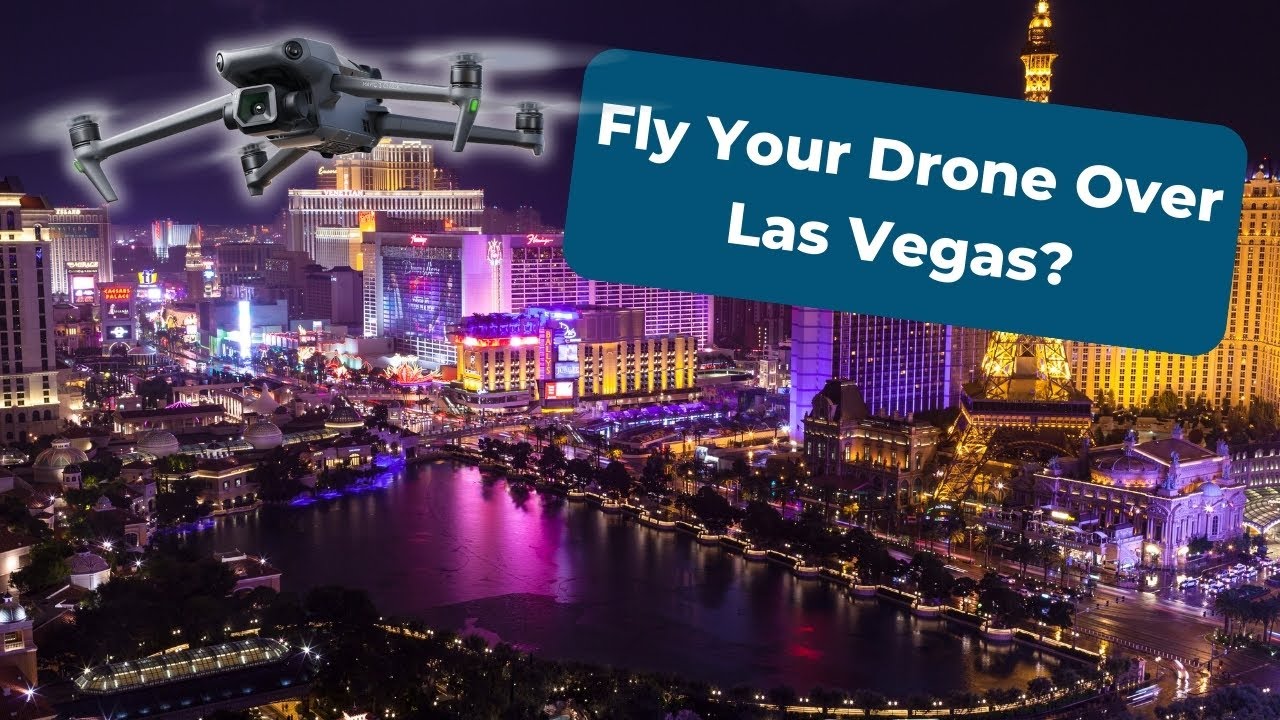
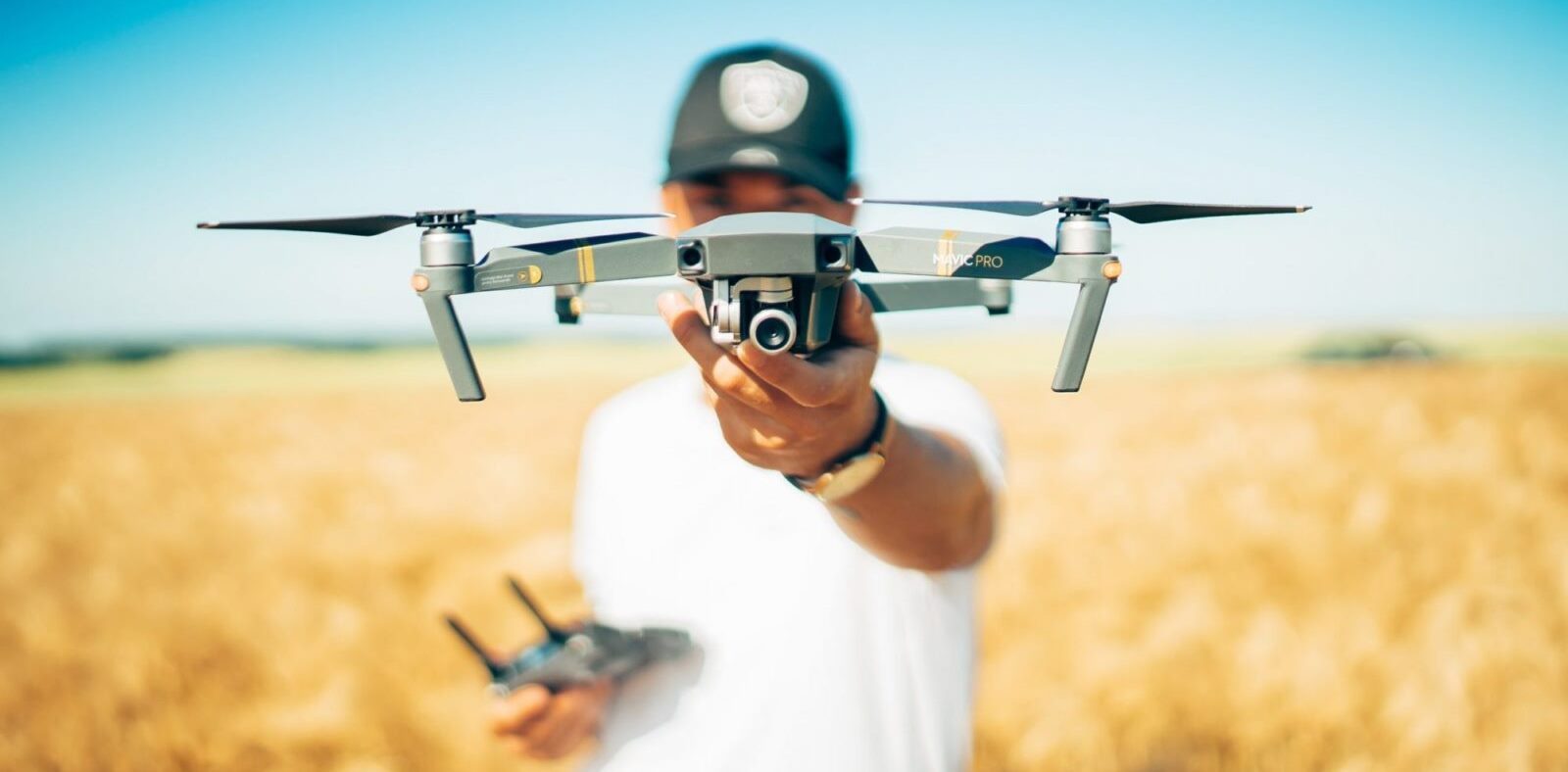

Comments are closed.